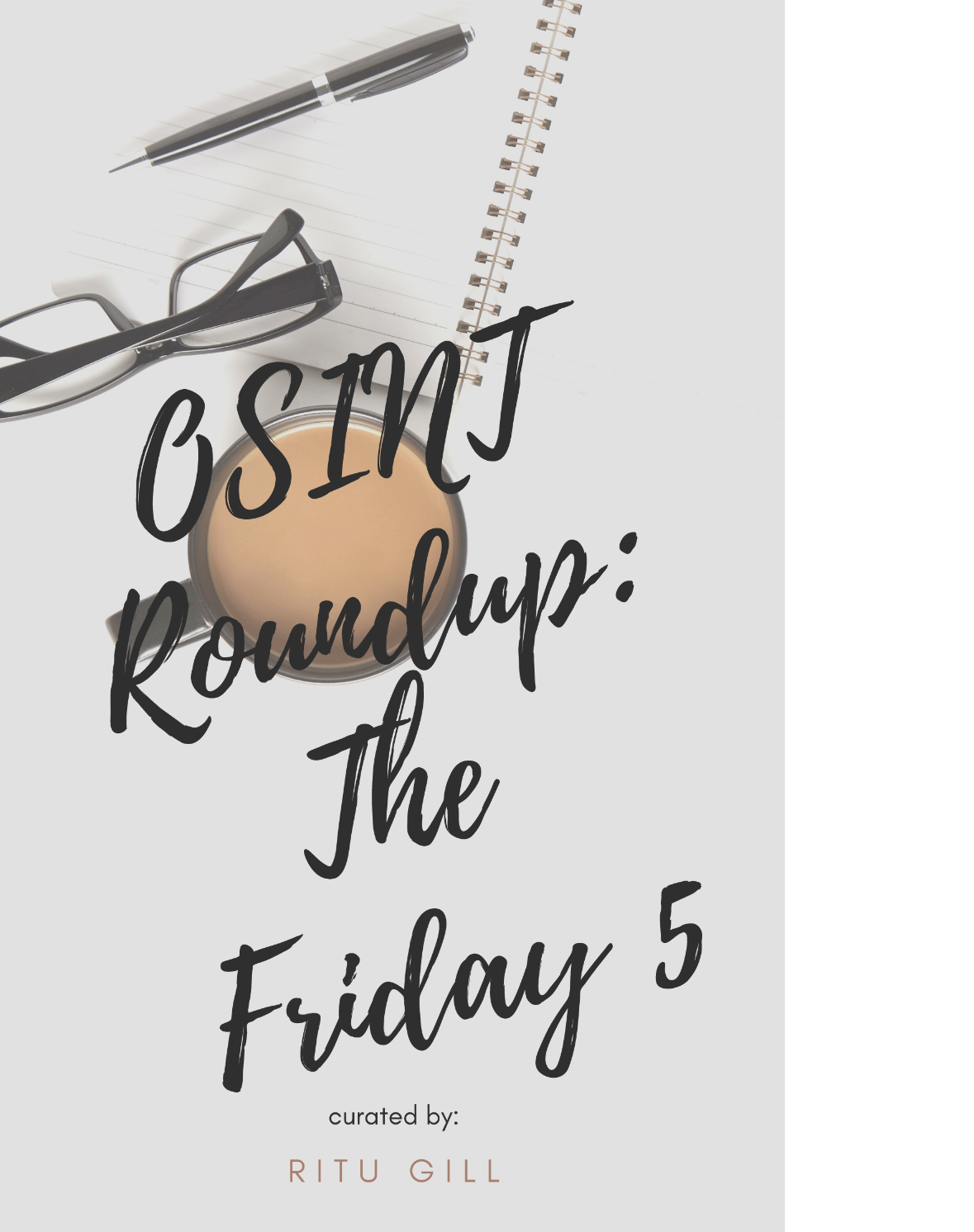📄 Legal Guide: Understanding Digital Signatures
Introduction
As a legal professional, you may be reviewing PDF reports generated by Forensic OSINT or Forensic Notes as part of a criminal or civil investigation. These reports are digitally signed and timestamped to preserve their authenticity and integrity.
This guide explains:
- What a digital signature is
- How these signatures work within the Forensic OSINT system
- Why they are legally admissible and technically trustworthy
- How to verify them in Adobe Reader
- How to explain and defend their validity in court
1. What Is a Digital Signature?
A digital signature is a cryptographic seal applied to a document that ensures:
- Authenticity – Confirms the source system (Forensic OSINT/Notes) created the document.
- Integrity – Guarantees the document has not been altered or tampered with since creation.
- Timestamping – Confirms the exact date and time the document was sealed, ensuring proper chain of custody.
Unlike traditional e-signatures (e.g., DocuSign), which confirm a person’s intent to sign a contract, Forensic OSINT signatures do not confirm the author’s identity. Instead, they verify that a specific document and its metadata have not changed since generation.
2. How the Signature System Works
When an investigator creates a note or captures evidence, the system:
- Generates a PDF containing name, date/time, and metadata (e.g., hash values, screen captures)
- Applies a digital signature using Forensic OSINT’s secure Certificate Authority (CA)
- Adds a cryptographic timestamp
- Locks the document so any changes will break the signature
The signature is used to confirm the file’s authenticity and integrity. The investigator’s name and creation time are recorded inside the PDF itself as human-readable metadata.
3. Legal Admissibility & Trustworthiness
North America (USA & Canada)
Digital signatures are legally valid under:
- ESIGN Act and UETA (USA)
- PIPEDA and provincial Electronic Commerce Acts (Canada)
These laws recognize that digital signatures can be used to maintain document integrity and chain of custody in legal matters.
Europe (eIDAS)
Under the eIDAS Regulation, Forensic OSINT signatures qualify as an Advanced Electronic Signature (AdES). They are admissible and legally valid in court across the EU.
Australia
The Electronic Transactions Act supports the use of digital signatures provided they:
- Identify the person
- Indicate approval of the content
- Are reliable and appropriate for the purpose
Forensic OSINT’s signature system meets these conditions for evidentiary documents.
4. Why the Signature Should Be Trusted
- Tamper-Evident: Any changes to the PDF will break the digital signature.
- Cryptographically Secured: Uses strong algorithms (e.g., RSA 2048-bit, SHA-256).
- Internally Managed Certificate Authority: All signatures are sealed with a secure Forensic OSINT root certificate.
- Manually Trusted: Adobe Reader will show the signature as "Trusted" once the root certificate is installed.
5. How to Verify the Signature (Adobe Reader)
- Open the PDF in Adobe Acrobat Reader.
- Check the signature panel at the top:
- ✅ If trusted, you will see: “Signed and all signatures are valid.”
- ⚠️ If not yet trusted, you may see: “Signature not verified.” (This does not mean the file is invalid.)
- Click the signature to view details: signer info, timestamp, and integrity check.
To install the certificate (once per system):
👉 Visit: Digital Signature Certificate Installation
6. Presenting These Reports in Court
“This PDF report was generated by Forensic OSINT. It was automatically sealed with a digital signature at the time of creation. This cryptographic seal proves the file has not been altered in any way since it was created, and the signature includes a timestamp and embedded metadata identifying the investigator and creation time.”
If challenged, explain:
- The signature proves the document is unchanged since creation.
- Authorship is documented inside the file via metadata, not the certificate itself.
- The signing process is cryptographically sound and industry-standard.
Optional: Bring a laptop with Adobe Reader and the certificate installed to demonstrate real-time validation in court.
Conclusion
Forensic OSINT’s digitally signed reports are tamper-proof, cryptographically verifiable, and legally admissible in North America, Europe, and Australia.
They are designed to ensure:
- Integrity – Proof the document has not changed
- Attribution – Investigator metadata is embedded
- Transparency – Timestamp and full signing details are visible
By verifying the digital signature and reading the embedded metadata, legal professionals can confidently rely on these reports in legal proceedings.

Minimum Requirements:
- 8 Characters
- 1 Upper
- 1 Lower
- 1 Digit

